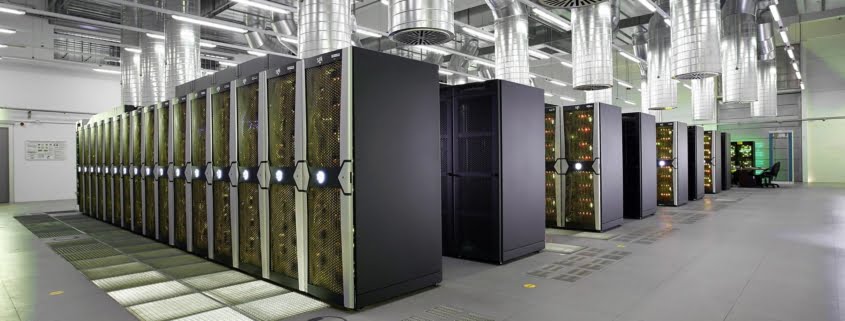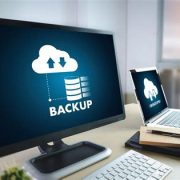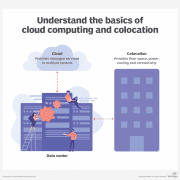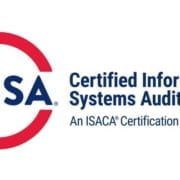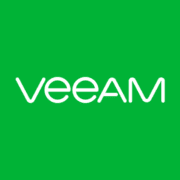How to choose a colocation facility?
Choosing the right data center for your IT infrastructure is not a decision to take lightly.
The wrong choice can put your security, resiliency, availability, and services at risk. It is very important to think carefully and choose wisely your data center location so you don’t jeopardize your service availability and your business reputation.
A data center strategy is not something to take lightly and considering the effort to relocate your workload from one facility to another, it should be a long-term plan that should take into account your business growth over the years to come.
Criteria to consider when choosing a data center location
Location is one of the top criteria when choosing a datacenter facility. And it does not only mean choosing a location close to your office.
Prior to moving forward with your data center location, consider the following :
What are your data center objectives?
What do you expect from a datacenter facility? How will it help your company launch new services, reduce risk, improve availability while cutting down on costs? You need the datacenter to be a playground where you feel at ease to innovate. The facility shall not be a constraint to your growth.
For instance, if today you require 2 racks 3 KVA each, you should ask yourself what will be your requirements in 1 year, 3 years or 5 years? With hyper-converged infrastructure (HCI), high-density racks are a must and you should be able to increase the power at ease. It would be also interesting to ask the datacenter facility what the current capacity is and how fast you can extend your colocation area to additional racks.
What is your data center’s role?
One of the top things to define is whether this datacenter facility will be used for your test, UAT, prepod, or production? You also need to consider disaster recovery. If this datacenter is meant to host production, where will be the disaster recovery site? Is this datacenter the primary or secondary site?
Upon the definition of this role, you should consider carefully the datacenter connectivity to the outside world. a good datacenter facility shall be carrier-neutral and host multiple carriers.
Ideally, this datacenter shall accept and welcome third-party telecom providers selected by the customer.
For instance, if your office and branches telecom connectivity is provided by Unitel, ask yourself if the said datacenter is also connected to Unitel. Having all your sites on the same network will help reduce latency, improve performance and possibly keep the costs to the minimum.
if this datacenter facility is used for testing purposes, you also should consider site access as a very important factor. Testing means building and putting down the environment constantly. Depending on your architecture, you may need to send technicians onsite to do so. How easy is it to access the facility? How long do you need to ask in advance to grant permission? Can you access the facility at night or during the weekends?
Do you have access to a staging area or a hot desk for you to work onsite? These questions are crucial before choosing your datacenter provider.
Do you need remote hand service?
Using colocation services is not as easy as the cloud. If your server freeze or crash, you need someone onsite to reboot it. Depending on the data center location, it can take some time to reach the site and perform the manual action.
Some datacenter facilities provide smart hand service. In such a case, you simply have to open a ticket with your datacenter provider and they will send someone onsite to act.
What are your restrictions?
In today’s business world, customers expect to access services day and night at lightning speed. Can your datacenter meet this requirement? What is the average latency between the datacenter facility and your customers? Can the datacenter facility offer redundant connectivity that will protect you in case of fiber failure? Does the datacenter facility have a comprehensive service level agreement (SLA)?
What is your security or risk profile?
Does the selected location meet your compliance requirements? How is the facility secured against natural disasters?
If your company hosts customer personal data, you may also check with the country regulation if it is preferred/required to host this data in the country.
GDMS has secured data center facilities in Myanmar and Laos that comply with local regulations.
Interested in Cloud Hosting Services? Check out our guide to choose your Cloud Hosting Provider.
Cybersecurity is key so is physical security
Nowadays, companies are fully aware of cybersecurity threats. IT departments are responsible to ensure that company data and customer data are never compromised. But what if someone can simply walk into your office and steal documents or files from a computer? You can have the best IT security in the world, you also need a physical security plan.
It goes the same for your datacenter facility. When choosing the right colocation area, make sure the provider has 24/7 onsite security. If you schedule a data center visit, pay attention the all the details during your admission. Is someone asking for your ID when accessing the facility? Do they know you are coming today? Do they have a record of your visit explaining why you are here and what area you are allowed to access?
It is also very important to have multi-layers of access control in the datacenter itself with role-based access. Ultimately, you need to make sure that only fully qualified and selected personnel have access to your rack.
A good security practice for datacenter is also to make sure that the provider has the policy to escort the customer to their rack and that the datacenter personnel attends the visit at all times.
GDMS is your datacenter, ICT, and cloud provider of choice for your business in Myanmar and Laos.
Contact us for a private conversation about your digital transformation projects.

